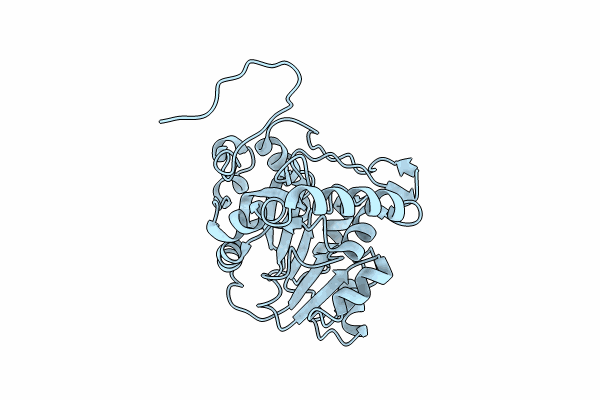
Deposition Date
2022-12-04
Release Date
2023-12-13
Last Version Date
2025-07-09
Entry Detail
PDB ID:
8BVI
Keywords:
Title:
Crystal structure of the METTL9-like histidine methyltransferase from Ostreococcus tauri
Biological Source:
Source Organism:
Ostreococcus tauri (Taxon ID: 70448)
Host Organism:
Method Details:
Experimental Method:
Resolution:
3.10 Å
R-Value Free:
0.28
R-Value Work:
0.22
R-Value Observed:
0.22
Space Group:
P 21 3


